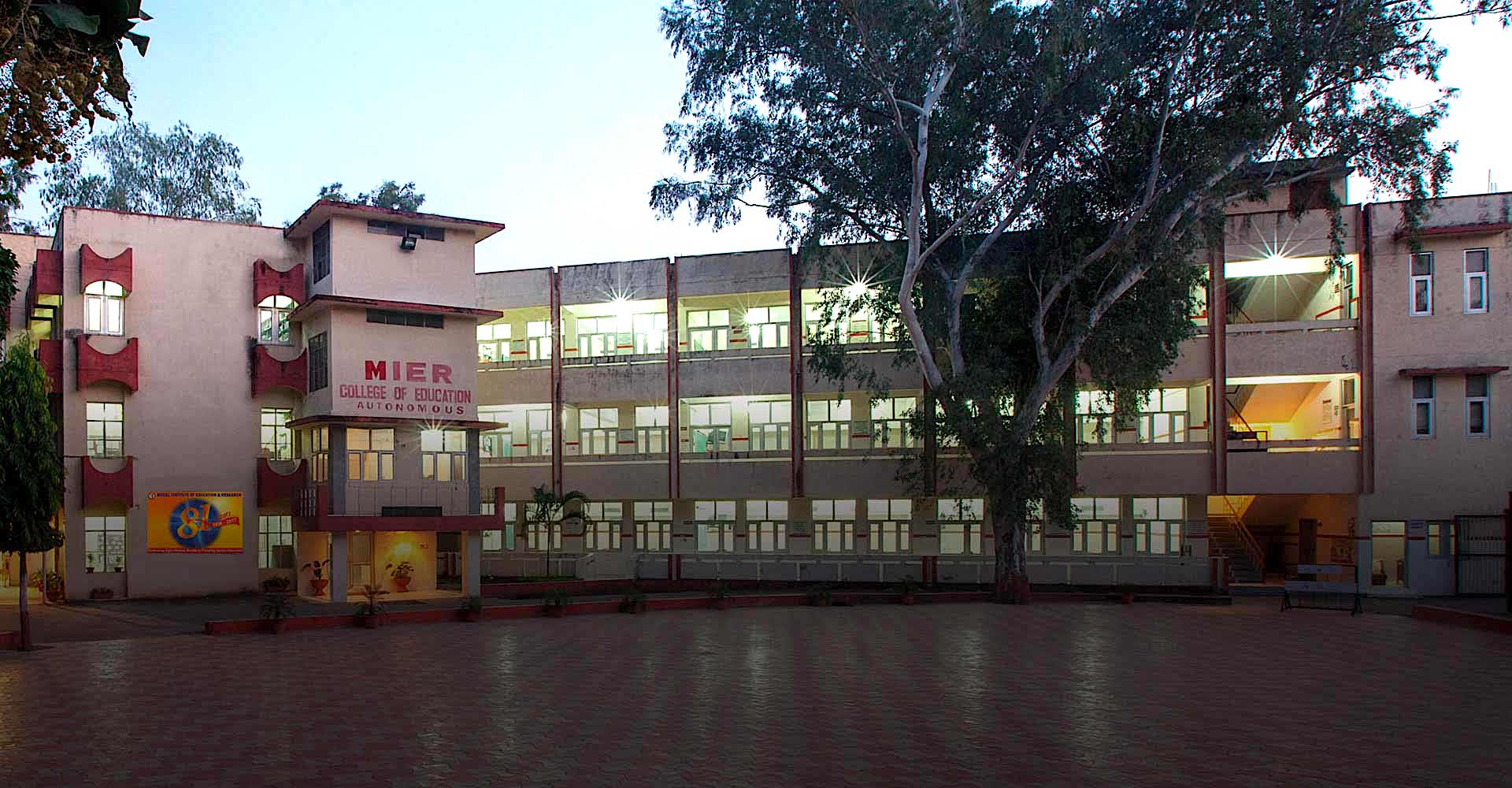Achievement Motivation of Foreign Students Pursuing Technical and Non-Technical Courses in LPU: A Cross Cultural Study
DOI:
https://doi.org/10.52634/mier/2014/v4/i2/1470Keywords:
Achievement Motivation, Technical and Non Technical Courses, Cross Cultural.Abstract
Achievement motivation is the desire to achieve a standard of excellence, to do well for the sake of doing well rather than for extrinsic reward. It has been noticed by behavioural scientists that people have an intense desire to achieve something, while others may not seem that concerned about their achievement. In the present research, descriptive survey method and purposive sampling technique was used. The investigator collected data from twenty five (25) foreign students selected purposively from Engineering, Computer Sciences and Paramedical Sciences from Lovely Professional University to constitute a total sample of 50 students under technical courses. Similarly, 25 students have been selected purposively from Education, Humanities and Management to constitute a total sample of 50 students under professional courses. Deo Mohan Achievement Motivation Scale developed by Deo and Mohan (1985) has been used for the research work. The results reflect that the students enrolled in technical and professional courses possess moderate level of achievement motivation. However, they do not differ in their achievement motivation level. Hence, it can be concluded that nature of courses and achievement motivation of the students are not interrelated.
Downloads
Metrics
Downloads
Published
How to Cite
Issue
Section
License
Copyright (c) 2021 Snehlata Verma, Anju Bala

This work is licensed under a Creative Commons Attribution 4.0 International License.
The articles published in the MIER Journal of Educational Studies, Trends and Practics (MJESTP) are distributed under the terms of the Creative Commons Attribution License (CC BY 4.0), which permits unrestricted use, distribution, and reproduction in any medium, provided the original author and source are credited.
- Copyright on any open access article in the MIER Journal of Educational Studies, Trends and Practics (MJESTP) published by Model Institute of Education and Research (MIER) is retained by the author(s).
- Author(s) grant MIER a license to publish the article and identify himself/herself/themselves as the original publisher.
- Authors also grant any third party the right to use the article freely as long as its integrity is maintained and its original authors, citation details and publisher are identified.
- The Creative Commons Attribution License 4.0 formalizes these and other terms and conditions of publishing articles.
References
Atkinson, J.W. (1957). Motivational determinants of risk-tasking behavior. Psychological Review, 64, 359-372.
Alderman, M. (1999). Motivation for achievement: possibilities for teaching and learning. New Jersey: Lawrence Erlbaum Associates Inc.
Atkinson, J. (1974). Motivation and achievement. Washington, D. C.: V. H. Winston and Sons.
Ajayi, B. (2002). Relationship between self–esteem and achievement motivation of women in colleges of education, Kwara State. The Nigerian Journal of Guidance and Counseling, 8(1), 221-230.
Brunstein, J .C., & Maier, G.W. (2005). Implicit and Self–attributed Motives to Achieve: Two Separate but interacting needs. Journal of Personality and Social Psychology, 89, 205-222.
Butler, R. (1999). Information seeking and achievement motivation in middle childhood and adolescence: The role of conceptions of ability. Developmental Psychology, 35, 146-163.
Cheung. (2004). The effects of competition on achievement motivation in Chinese classrooms . British Journal of Educational Psychology, 7(4), 281-296 .
Elliot et al. (2001). Achievement motivation. Educational Psychology Review , 13(2), 139-156.
Elliot, A. J., & Church, M. A. (1997). A hierarchical model of approach and avoidance achievement motivation. Journal of Personality and Social Psychology , 72 , 218-232.
Elliot, A.J., & Harackiewicz, J .M. (1996). Approach and avoidance achievement motivation Goals and intrinsic motivation: A meditational analysis. Journal of Personality and Social Psychology, 70, 461-475.
Hmreich, R.L., & Spence, J.T. (1978). Achievement motivation and scientific attainment. Personality and Social Psychology Bulletin, 4, 222-226.
McClelland, D.C. (1965). Towards a theory of motive acquisition. American Psychologist, 20, 321-333.
McClelland, D.C. (1973). Testing for competence rather than intelligence. American Psychologist, 28, 1-14.
Stewart, W.H., & Roth, P.L. (2007). A meta-analysis of achievement motivation differences between entrepreneurs and managers. Journal of Small Business Management, 45(4), 401-421.
Spanard, J. A. (1990). Beyond intent: Re-entering college to complete the degree. Review of Educational Research, 60(3), 309-344.
Yarbrogh, D. W., & Schaffer, J. L. (1990). A comparison of school-related anxiety experienced by non-traditional versus traditional students. College Student Journal, 24(1), 81-90.





















